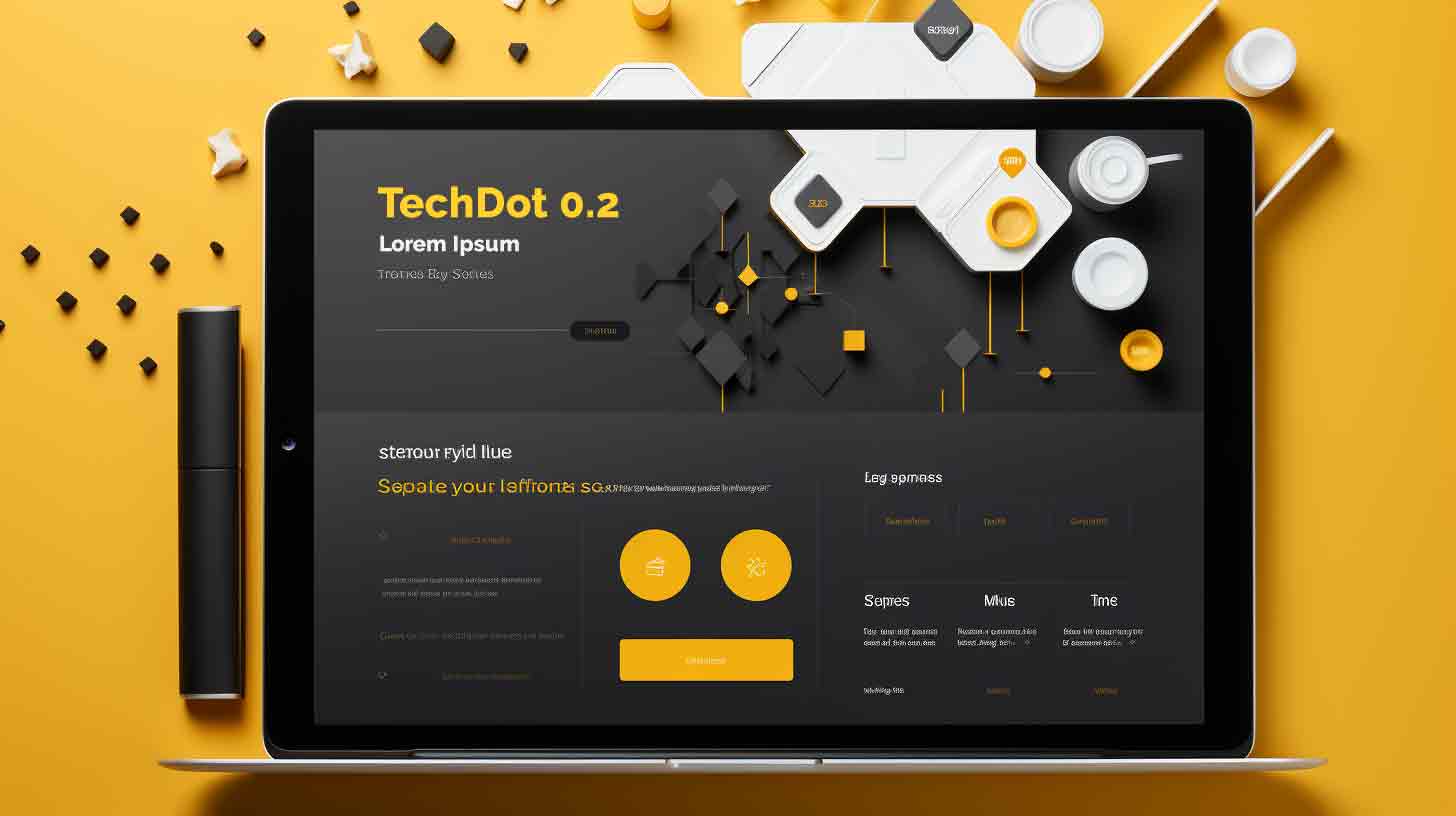Corporate Website Design: An Expert Strategy Guide
In the digital marketplace, a company's website serves as its virtual storefront - a pivotal touchpoint for engaging customers. For corporations seeking to convey professionalism and build their brand online, implementing a thoughtful corporate design strategy is invaluable.
This comprehensive guide covers key steps for creating a visually compelling, highly functional corporate website tailored to your business goals.
Understanding the Importance of Corporate Design

Before diving into specifics, it's vital to recognize the monumental role corporate design plays in shaping your website's identity and user experience.
Elements like logos, color palettes, typography, layouts, imagery and iconography form a cohesive design system that becomes synonymous with your brand. A polished corporate aesthetic makes lasting impressions and fosters trust.
Corporate design also improves usability by facilitating intuitive navigation and interactions. Prioritizing it from the onset is crucial.
Setting Clear Goals and Objectives
Define the core purpose and objectives driving your website. Common goals include:
- Increasing brand awareness
- Generating and capturing leads
- Providing customer support
- Promoting products and services
- Sharing company news and culture
- Attracting job applicants
With defined goals, you can align design and content accordingly.
Defining Your Target Audience

Gain crystal clarity on who you want to reach with your website. Create buyer personas capturing details like:
- Demographics
- Values and interests
- Behaviors and purchasing habits
- Pain points and needs
- Preferred content types and channels
Design with your personas in mind.
Choosing the Right Platform
Select a robust, scalable content management system (CMS) like WordPress as your website's foundation. The right CMS simplifies creating and updating content while providing modern capabilities.
For large corporations, a custom build may be required. Review all options to find the optimal fit.
Designing a Visually Engaging Homepage

As the first touchpoint, an aesthetically pleasing homepage is a must. Consider:
- Logos and Taglines - Feature your logo prominently. Include any memorable slogans.
- Color Schemes - Use brand colors consistently across text and backgrounds.
- Quality Images - High-resolution photos and illustrations make a strong impact.
- Value Propositions - Communicate your competitive differentiators.
- Call-to-Actions - Urge visitors to sign up, subscribe, contact etc.
First impressions matter. Invest in stunning visual design.